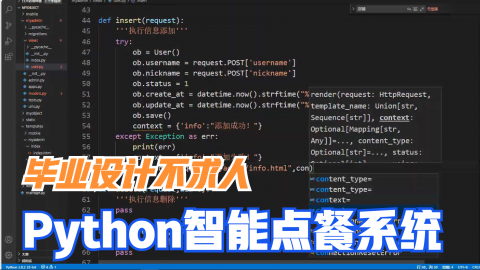Chapter2 WHICH DNA PATTERNS PLAY THE ROLE OF MOLECULAR CLOCKS
寻找模序
一、
转录因子会结合基因上游的特定序列,调控基因的转录表达,但是在不同个体中,这个序列会有一些差别。本章讲述用贪婪、随机算法来寻找这个序列:寻找模序。

二、一些概念:
1. Score、Profile 的含义如图
根据profile matrix 可以计算出某个kmer在某一profile下的概率

三、
提出问题:Motif Finding Problem:
Given a collection of strings, find a set of k-mers, one from each string, that minimizes the score of the resulting motif.
Input: A collection of strings Dna and an integer k.
Output: A collection Motifs of k-mers, one from each string in Dna, minimizing Score(Motifs) among all possible choices of k-mers.
一组序列中,寻找一组k-mer,它们的Score是最低的(或者与consensus sequence的海明距离之和最小)
1 遍历
MedianString(Dna, k)
distance ← ∞
for each k-mer Pattern from AA…AA to TT…TT
if distance > d(Pattern, Dna)
distance ← d(Pattern, Dna)
Median ← Pattern
return Median
2 贪婪法 GreedyMotifSearch
GREEDYMOTIFSEARCH(Dna, k, t)
BestMotifs ← motif matrix formed by first k-mers in each string
from Dna
for each k-mer Motif in the first string from Dna
Motif1 ← Motif
for i = 2 to t
form Profile from motifs Motif1, …, Motifi - 1
Motifi ← Profile-most probable k-mer in the i-th string
in Dna
Motifs ← (Motif1, …, Motift)
if Score(Motifs) < Score(BestMotifs)
BestMotifs ← Motifs
output BestMotifs
详解 http://www.mrgraeme.co.uk/greedy-motif-search/
*贪婪法 GreedyMotifSearch with pseudocounts
pseudocounts:在形成profile matrix时,给0项设为一个较小的值
GreedyMotifSearch(Dna, k, t)
form a set of k-mers BestMotifs by selecting 1st k-mers in each string from Dna
for each k-mer Motif in the first string from Dna
Motif1 ← Motif
for i = 2 to t
apply Laplace's Rule of Succession to form Profile from motifs Motif1, …, Motifi-1
Motifi ← Profile-most probable k-mer in the i-th string in Dna
Motifs ← (Motif1, …, Motift)
if Score(Motifs) < Score(BestMotifs)
BestMotifs ← Motifs
output BestMotifs
3. 随机法Randomized Motif Search
RandomizedMotifSearch(Dna, k, t)
#随机从每个DNA取k-mer,生成一组motifs randomly select k-mers Motifs = (Motif1, …, Motift) in each string from Dna BestMotifs ← Motifs while forever Profile ← Profile(Motifs)#根据motifs形成Profile矩阵 Motifs ← Motifs(Profile, Dna) #根据profile矩阵从一组DNA生成一组几率最大的motifs if Score(Motifs) < Score(BestMotifs) BestMotifs ← Motifs else return BestMotifs
随机算法起到作用的原因是,随机选取的一组Motifs,有可能选到潜在正确的一个k-mer,那么就在这中形成倾斜,直至寻找到较优解
改进: 上一个算法,每次迭代都重新随机生成一组新的Motifs,这可能把潜在的正确模序抛弃了,改进的方法是每次随机只更改一行k-mer

GibbsSampler(Dna, k, t, N)
randomly select k-mers Motifs = (Motif1, …, Motift) in each string from Dna
BestMotifs ← Motifs
for j ← 1 to N
i ← Random(t)
Profile ← profile matrix constructed from all strings in Motifs except for Motif[i]
Motif[i] ← Profile-randomly generated k-mer in the i-th sequence
if Score(Motifs) < Score(BestMotifs)
BestMotifs ← Motifs
return BestMotifs
- 还没有人评论,欢迎说说您的想法!





 客服
客服


